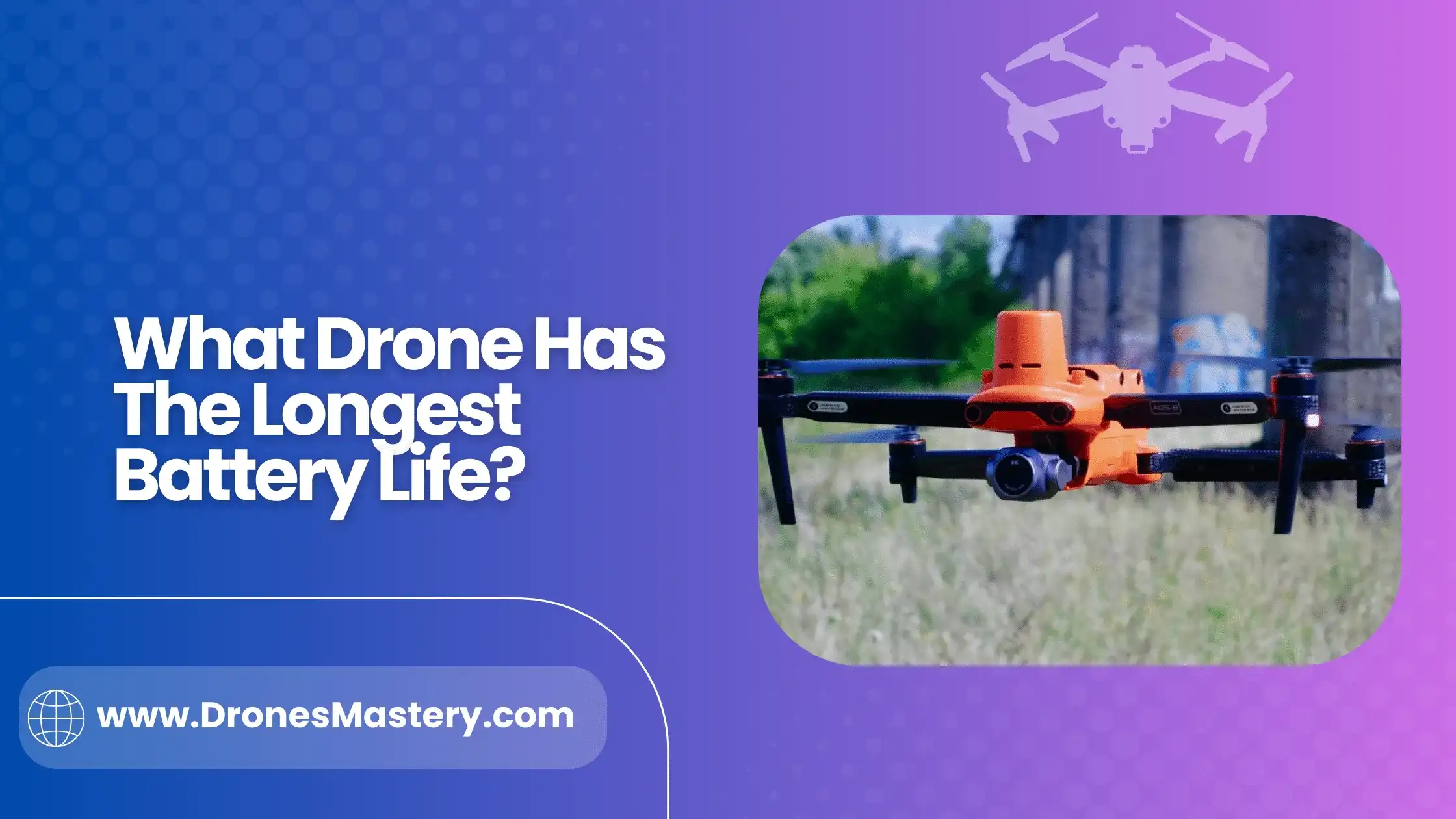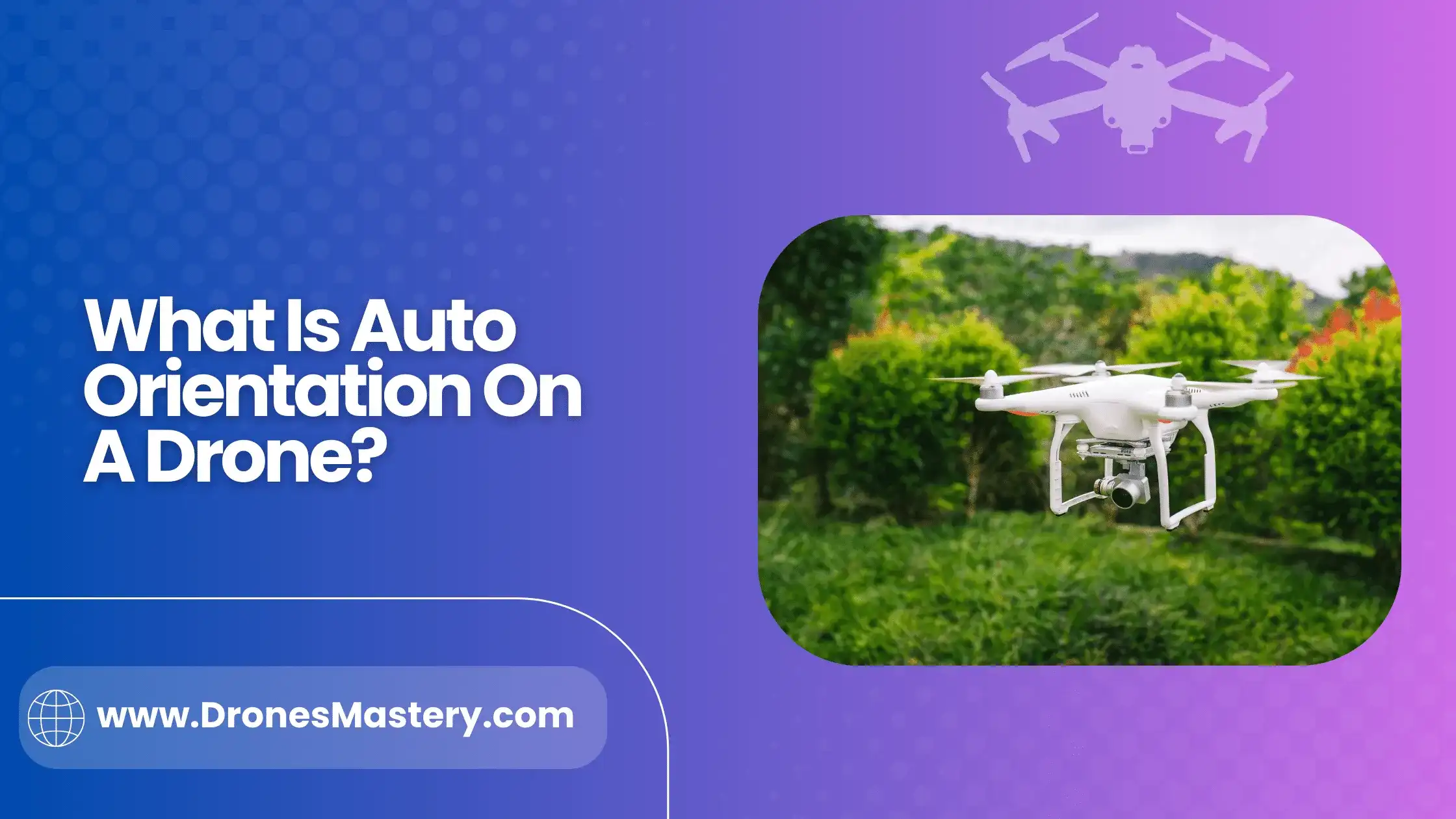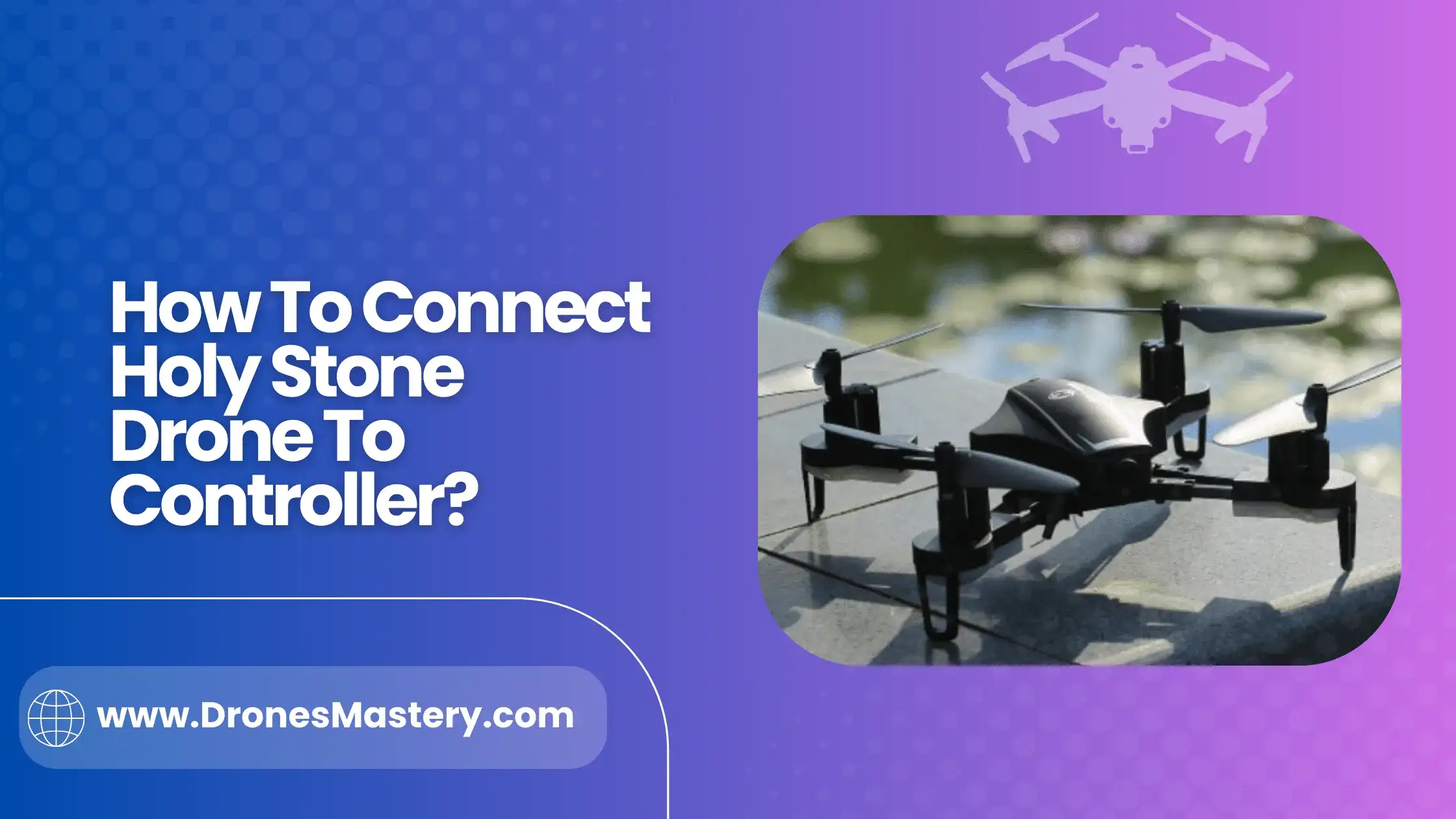Among everyday people, amateur photographers, and filmmakers alike, drones are becoming more and more popular. There’s something truly captivating about seeing our world from an entirely new perspective. If you have ever wondered how much a drone actually weighs, then we’re here to help you!
We will unpack just what goes into a drone’s overall weight as well as related considerations to keep in mind when shopping around for your own. Let’s find out more about this amazing technology.
What Is A Drone’s Maximum Weight?
You might be interested in the numbers on the other end of the spectrum today. How heavy can drones become? Here’s the solution.
A conventional drone’s maximum weight is thought to be up to 25 kg. This is due to legal constraints in the United States. Heavy-duty commercial drones, on the other hand, are developed and can weigh considerably more than 200 kilos.
These drones are no longer for sale to the general public. They’re composed of high-quality materials and have big frames with large components. As a result, they are intended for labor-intensive jobs rather than leisure activities.
The Ehang 184 is an example of such a drone. It has a weight of 260 kg and is intended to convey passengers.The Boeing Cargo Air Vehicle is another comparable drone. It can fly at a maximum takeoff weight of 499 kg!
Because these drones have demanding (and relatively essential) tasks, they should have a large payload capacity. If you want to learn more about the finest heavy lift drones, you should read my other, in-depth piece on the subject.
Ultra-Lightweight:
Ultra-lightweight drones are ideal for beginners or recreational use. They are typically inexpensive and capable of carrying small payloads such as cameras and sensors. These drones are typically under 0.5kg in weight, making them easier to transport and store.
Naturally, lightweight drones can’t do much more than fly. As a result, they are primarily utilized as recreational toys or for racing. Their light bodies let them fly with incredible speed and agility.
Light-to-Middle Weight:
These drones weigh more than 5 kg but never more than 200 kg. This category’s small-weight drones weigh between 5 and 50 kg, while middle-weight drones weigh between 50 and 200 kg.
These drones are capable of carrying small things such as cameras and recorders, as well as exhibiting reasonable levels of speed and agility. As a result, photographers and filmmakers frequently use these drones to assist them with.
Heavy Weight:
This category includes models such as the Outrider and the Fire, which weigh between 200 and 2000 kg. The additional weight is due to a significantly stronger drone body built of durable materials, a powerful set of motors, and a proportionately large set of batteries.
Companies in a variety of industries employ these drones for transportation. They can lift huge weights and work for extended periods of time. The consequence of all that power is that the agility and speed of the drone are reduced.
Super-heavy Weight:
The last class of drones, which may weigh up to 2 tonnes during take-off. The X-54, Global Hawk, and Darkstar are prime examples. These drones often operate in the upper reaches of the atmosphere, where they experience less wind resistance.
These drones, which fly high in the sky, are employed for monitoring and surveillance. They monitor large-scale movements of people, animals, and weather. They also assist with numerous science investigations by recording changes in air content and interactions between Earth and other space bodies on occasion.
Why Is The Weight of Drones Important?
The weight of the drone is significant for several reasons: It has an effect on how long the battery will survive. Heavier drones require more powerful batteries to stay in the air for an extended period of time.
The harder it is to manage a heavier drone. This is especially critical when operating a drone equipped with a camera. The larger the drone and its payload, the more difficult it is to maintain steady shots whether capturing video or taking images.
The FAA has limits controlling how much weight drones can carry in relation to their size (more on this later). If you surpass the recommended weight limit, your drone may not fall out of the sky, but it may create some issues. First and foremost, carrying too much extra weight will impair the performance of your drone.
Your machine will struggle to hover, fly as fast, or turn as sharply. Furthermore, if you have a bigger payload than advised, the drone may have difficulty responding to your directions. Some drones can fly in emergency mode without any additional equipment, whilst others can only do so with lighter payloads.
Flying with an excessive payload can potentially conflict with some drone functionalities. If an autopilot system is overloaded above its design specifications, it will not work normally.
Conclusion:
Understanding the weight of a drone is important for its safe operation. Despite most drones fitting into palm-sized proportions, their lightweight construction means the majority exceed the 250 g limit imposed by aviation laws. The materials used to construct a drone can have an impact on its overall weight, as does the type of engine chosen.
Drone owners should take extra care to assess both the size and total payload weight of their device before using it in public spaces or performing any aerial operations. Clearly understanding how much a drone weighs can help ensure a smooth experience free from obstacles and adventure-spoiling delays.







